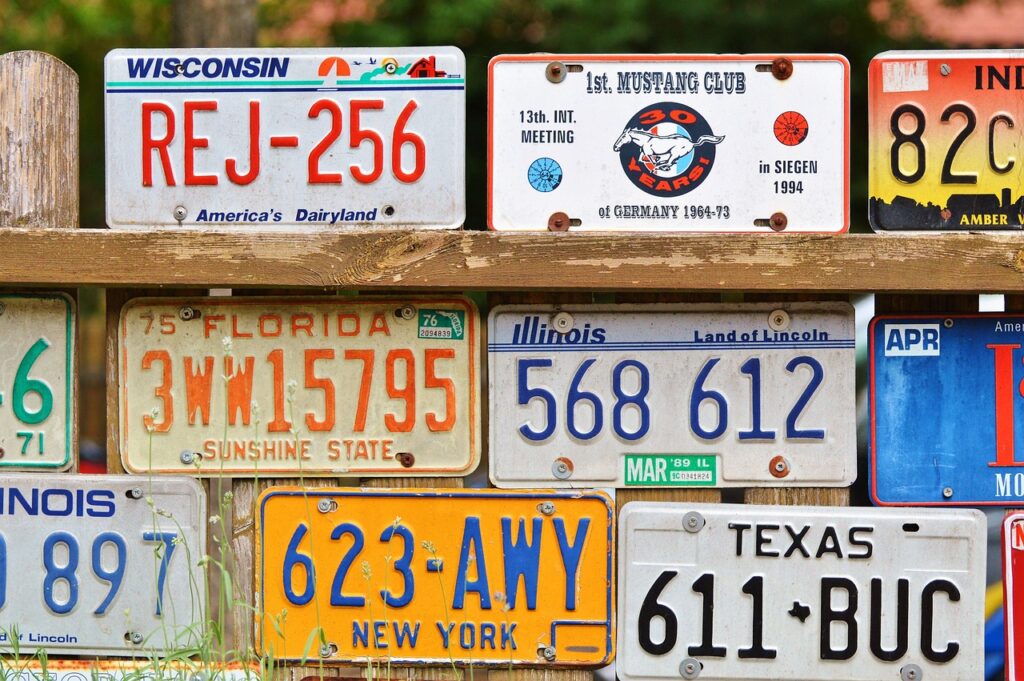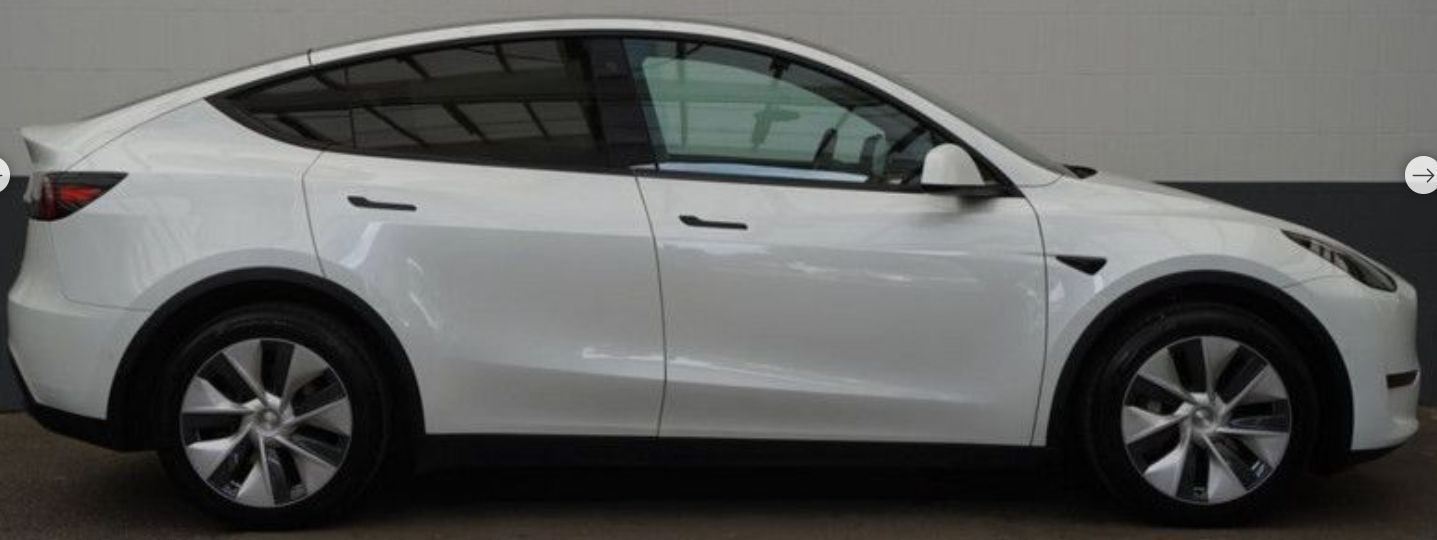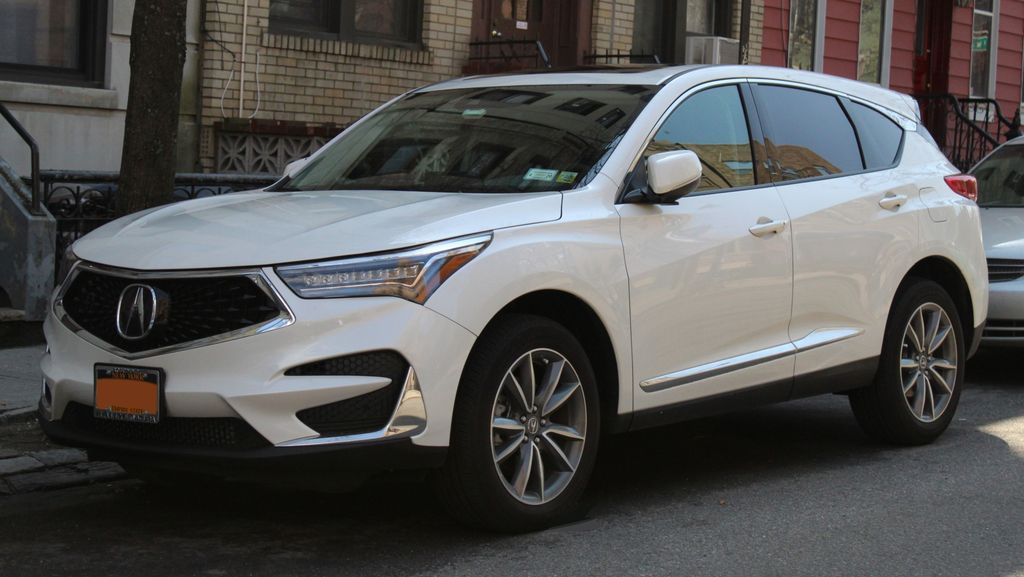
When people embark on the journey of purchasing a new car, their attention often gravitates toward eye-catching style, impressive speed, or a plethora of exciting features. However, for the majority of vehicle owners, a far more fundamental question looms large: Will this car truly be reliable? A vehicle that gleams with promise on the dealership lot can swiftly transform into a source of unending frustration and unexpected expenses if it frequently breaks down or demands constant, costly repairs.
This crucial emphasis on dependability is precisely why Consumer Reports’ (CR) annual reliability survey stands as one of the most respected and indispensable reports in the automotive world. For the 2025 model year, Consumer Reports delved into an extensive dataset derived from approximately 300,000 vehicles, scrutinizing more than 20 potential trouble spots. Each vehicle is assigned a reliability score from 0 to 100, where a higher score signifies fewer predicted problems. This year’s findings reveal that even some of the market’s most popular and technologically advanced vehicles are not immune to serious reliability challenges, with electric vehicles, hybrids, and several traditional gas-powered SUVs and trucks ranking near the bottom. This comprehensive guide will dissect the first five vehicles on Consumer Reports’ list of the most problematic models for 2025.
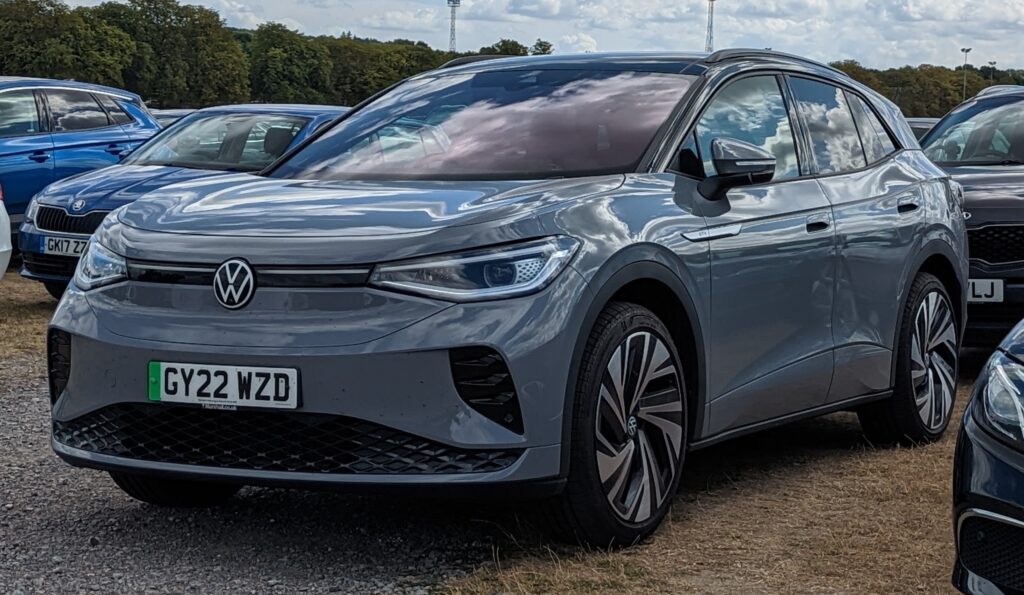
1. **2025 Volkswagen ID.4 (Reliability: 29)**The Volkswagen ID.4 marked a significant milestone as VW’s first mass-market electric SUV, launched in 2020. It aimed to compete with models like the Tesla Model Y, offering decent range, a roomy interior, and eligibility for federal tax credits, which made it appealing to budget-minded EV buyers. Despite these positives, Consumer Reports assigned the 2025 ID.4 a low reliability score of just 29 out of 100.
This concerning score is attributed to a range of reported problems impacting critical systems. Issues cited by CR include recurring problems with the battery, the drive system’s performance, braking consistency, charging functionality, in-car electronics, body hardware integrity, and the climate control system. These are fundamental areas where reliability is paramount for user satisfaction and long-term ownership.
The Volkswagen brand as a whole also struggles, with CR ranking it the 5th least reliable brand overall. J.D. Power’s 2025 Vehicle Dependability Study placed VW at the bottom, reporting 285 problems per 100 vehicles, significantly above the industry average. Owners have frequently complained about “buggy software,” persistent charging problems, and reduced range in cold weather. While VW offers a standard 4-year/50,000-mile bumper-to-bumper warranty and an 8-year/100,000-mile battery warranty, the underlying issues remain a significant consideration.
Car Model Information: 2023 Volkswagen ID.4 Standard
Name: Volkswagen ID.4/ID.5
Caption: 2020 Volkswagen ID.4 Pro
Manufacturer: Volkswagen
ModelCode: E21 (ID.4),E39 (ID.5)
Production: 2020–present
Assembly: ubl
Designer: Klaus Zyciora
Class: Compact crossover SUV
BodyStyle: SUV
Platform: Volkswagen Group MEB platform
Related: Volkswagen ID.3,Volkswagen ID.Buzz,Volkswagen ID.6,Škoda Enyaq,Audi Q4 e-tron,Cupra Tavascan,Ford Explorer EV,Ford Capri EV
Layout: Rear-motor, rear-wheel-drive
Motor: APP 550,Brushless DC electric motor
Battery: Lithium-ion battery
ElectricRange: 77-82 kWh, since 2024:,{{convert,263-291,mi,km,0,abbr=on
Charging: ubl
Wheelbase: 2765 mm
Abbr: on (ID.5)
Length: 4584 mm
Width: 1852 mm
Height: 1636 mm
Weight: convert
Powerout: Convert
ModelYears: 2021–present
Categories: All-wheel-drive vehicles, All Wikipedia articles in need of updating, All Wikipedia articles written in British English, Articles with short description, CS1 German-language sources (de)
Summary: The Volkswagen ID.4 and Volkswagen ID.5 are battery electric compact crossover SUVs produced by Volkswagen. Based on the MEB platform, the ID.4 is the second model of the Volkswagen ID. series. The production version of the ID.4 debuted in September 2020 as the first fully-electric crossover SUV under the Volkswagen brand, while the coupe-shaped variant of the ID.4 (akin to the Audi Q8 Sportback e-tron) is marketed as the Volkswagen ID.5 and was presented in November 2021.
The ID.4 is positioned by Volkswagen as a high-volume, mass-market electric vehicle — a car for “the millions, not the millionaires,” as the company claimed in its advertising. It was delivered to European customers from late 2020, and the first quarter of 2021 for the North American market.
The ID.4 was elected World Car of the Year 2021 over runner-ups Honda e and Toyota Yaris.
The vehicle was updated for model year 2024 to include a more powerful and efficient APP 550 electric motor with increased range, as well as heavily revised software and infotainment hardware.
Get more information about: Volkswagen ID.4
Buying a high-performing used car >>>
Brand: Volkswagen Model: ID.4
Price: $18,451 Mileage: 22,398 mi.
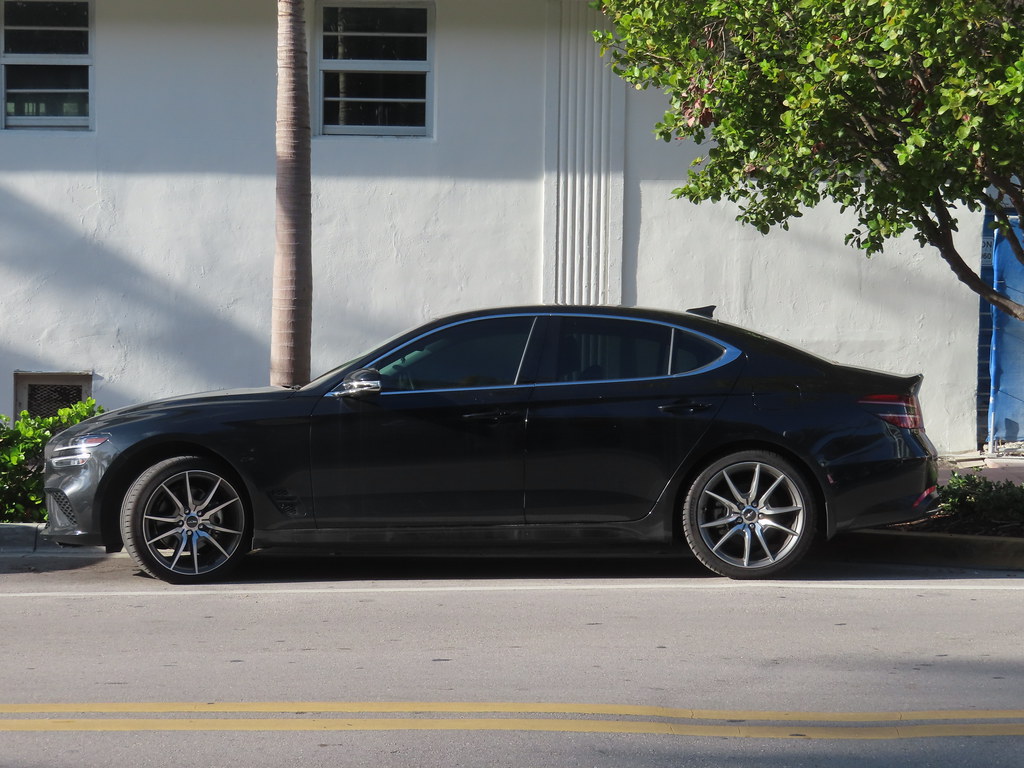
2. **Genesis G70 (Reliability: 29)**The Genesis G70 debuted in 2018 as the brand’s entry-level luxury sedan, quickly earning praise for its “sharp looks” and “strong performance.” It even secured MotorTrend’s Car of the Year in 2019, establishing its presence in the competitive luxury sports sedan market. However, despite its initial critical acclaim, reliability has consistently been a weak spot for the G70.
Consumer Reports, while acknowledging the G70 as “engaging to drive, well-equipped, and nicely finished” in its road test, still assigned it a reliability score of 29 out of 100. This score reflects reported issues across several key vehicle systems, including concerns with the steering, suspension, engine, fuel system, minor transmission problems, and various electronics glitches. These problems can detract significantly from the luxury ownership experience.
The Genesis brand generally sits in the middle of broader reliability assessments, with CR placing it 14th out of 22 brands and J.D. Power’s 2025 study ranking it 17th out of 30, with 213 problems per 100 vehicles—slightly worse than average. Owners often “love the G70’s styling, quick acceleration, and luxury feel at a lower price,” valuing its “5 years/60,000 miles basic” warranty. However, common complaints revolve around the “cramped back seat,” “tiny trunk,” and “poor fuel economy,” alongside reports of “tech glitches and reliability concerns,” making it a mixed bag for long-term dependability.
Car Model Information: 2023 Genesis G70 2.0T
Name: Genesis G70
ModelCode: IK
Manufacturer: Genesis Motor
Production: September 2017 – present
ModelYears: 2018–present (Middle East),2019–present (North America)
Assembly: Ulsan
Class: Compact executive car
BodyStyle: Sedan (automobile),shooting brake
Layout: Front-engine, rear-wheel-drive layout,Front-engine, four-wheel-drive layout
Platform: Hyundai-Kia M platforms
Designer: Peter Schreyer
Related: Kia Stinger
Engine: ubl
Transmission: ubl
Wheelbase: 2835 mm
Abbr: on
Length: 4685 mm
Width: 1850 mm
Height: 1400 mm
Weight: {{convert,1595,-,1778,kg,lb,0,abbr=on
Categories: 2020s cars, All-wheel-drive vehicles, All Wikipedia articles written in American English, All articles with a promotional tone, Articles containing Korean-language text
Summary: The Genesis G70 (Korean: 제네시스 G70) is a four-door compact executive car manufactured by the Korean luxury automaker Genesis, a luxury division of Hyundai Motor Group.
The G70 debuted on September 15, 2017, at the global launch event in Seoul’s Olympic Park. It is Genesis Motor’s third model and was designed to compete with compact executive and entry-level luxury saloons and sedans. In 2019, the Genesis G70 was named the North American Car of the Year.
Get more information about: Genesis G70
Buying a high-performing used car >>>
Brand: Genesis Model: G70
Price: $25,999 Mileage: 41,704 mi.
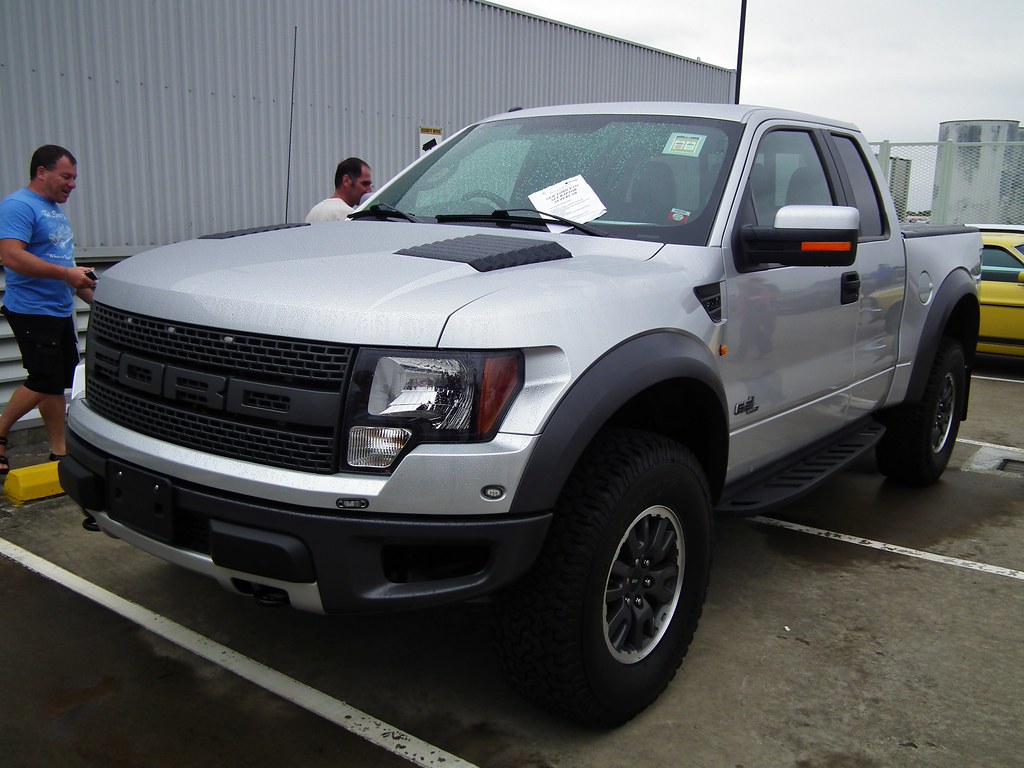
3. **Ford F-150 Lightning (Reliability: 28)**The Ford F-150 Lightning, the electric version of America’s best-selling truck, made a significant splash upon its 2022 launch. It impressed critics with its towing power, rapid acceleration, and the innovative ability to power a home during outages, showcasing the versatility of electric pickups. This innovation, however, has been overshadowed by concerns regarding its reliability.
Consumer Reports gave the F-150 Lightning a reliability score of just 28 out of 100. The publication specifically cited problems with the crucial EV battery, the charging system, the 12-volt battery, and various in-car electronics. These issues are foundational for an electric vehicle and can lead to considerable frustration and downtime for owners, directly impacting their ability to rely on the truck.
Ford, as a brand, holds a mid-tier position in reliability rankings, placing 13th out of 22 in CR’s list and 13th out of 30 in J.D. Power’s study, with 208 problems per 100 vehicles. The Lightning has also already faced two significant recalls: one for a “brake fluid leak that increases stopping distance,” and another for a “detached control arm that could cause loss of steering.” Owners praise its “smooth, quiet ride” and “powerful performance,” but frequently report “limited range,” “charging challenges,” and “glitchy tech,” indicating that while innovative, the Lightning still has “work to do” on its long-term dependability.
Car Model Information: 2022 Honda Civic Sport
Name: Ford F-150 Lightning
Manufacturer: Ford Motor Company
Related: Ford F-Series (fourteenth generation)
Assembly: Dearborn, Michigan
ModelYears: 2022–present
Production: April 2022 – present
Layout: Dual-motor, four-wheel-drive
Platform: Ford T platform#T3
Class: Pickup truck
Sp: us
Battery: lithium-ion
Motor: permanent magnet motor
ElectricRange: Unbulleted list
Abbr: on (extended battery)
Powerout: Unbulleted list
Charging: Unbulleted list
Designer: Unbulleted list
Wheelbase: cvt
Length: cvt
Width: cvt
Height: cvt
Weight: cvt
Categories: All Wikipedia articles in need of updating, All Wikipedia articles written in American English, All articles containing potentially dated statements, All articles with unsourced statements, Articles containing potentially dated statements from June 2022
Summary: The Ford F-150 Lightning is a battery electric full-size light duty truck unveiled by the Ford Motor Company in May 2021 as part of the fourteenth generation Ford F-Series. Four models have been announced, and all models initially will be dual-motor, four-wheel-drive, with EPA range estimates of 240–320 mi (390–510 km). A commercial-grade version of the all-wheel drive (AWD) truck is sold in the United States, with higher-power/trim/range models also sold. The F-150 Lightning began production on April 26, 2022.
Get more information about: Ford F-150 Lightning
Buying a high-performing used car >>>
Brand: Ford Model: F-150 Lightning
Price: $26,626 Mileage: 14,020 mi.
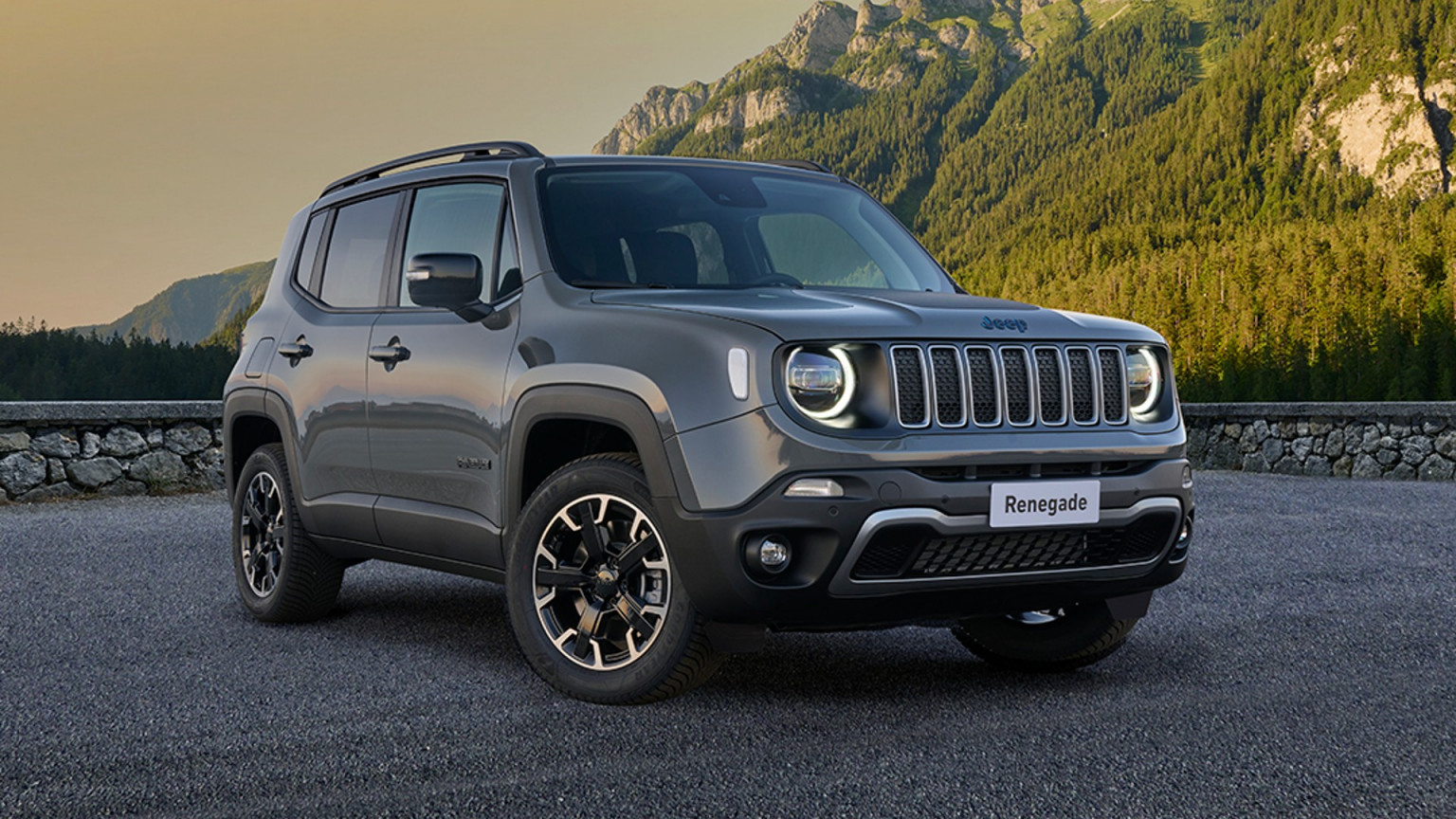
4. **Jeep Wrangler (Reliability: 27)**The Jeep Wrangler stands as an automotive icon, an off-road legend with roots tracing back to the WWII Jeep. Renowned for its rugged design, removable doors, and open-air driving, it excels in trail adventures. However, despite its unparalleled off-road prowess, the Wrangler has a long-standing history of struggling with overall reliability for everyday driving.
Consumer Reports assigned the Jeep Wrangler a low reliability score of just 27 out of 100. This poor rating stems from a recurring array of problems across vital vehicle systems, including issues with the suspension, steering, body hardware, electronics, and even the engines themselves. The Jeep brand overall also consistently ranks near the bottom, placing 19th out of 22 in CR’s list and 28th out of 30 in J.D. Power’s study, reporting 275 problems per 100 vehicles.
Industry warnings include CarGurus’ alerts about the Wrangler’s “notorious ‘death wobble’ steering issue” and frequent electrical faults. The 2025 model has already faced a recall related to its “pressure monitoring and regulating systems.” While many owners love its “fun, spacious design” and “off-road capability,” others lament “rattles,” “poor steering,” and “tech glitches.” The Wrangler offers unmatched trail adventures but is “less comfortable and less reliable than most rivals for everyday driving.”
Car Model Information: 2015 Jeep Wrangler Sahara
Name: Jeep Wrangler
Caption: Jeep Wrangler Unlimited, Sahara edition
Manufacturer: Jeep
Class: Compact SUV
Production: 1986–present
Predecessor: Jeep CJ
Layout: Front-engine, rear-wheel-drive layout,rear-wheel drive
Chassis: Body-on-frame
Related: AIL Storm
Categories: 1980s cars, 1990s cars, 2000s cars, 2010s cars, All-wheel-drive vehicles
Summary: The Jeep Wrangler is a series of compact and mid-size four-wheel drive off-road SUVs manufactured by Jeep since 1986, and currently in its fourth generation. The Wrangler JL, the most recent generation, was unveiled in late 2017 and is produced at Jeep’s Toledo Complex.
The Wrangler is a direct progression from the World War II Jeep, through the CJ (Civilian Jeeps) produced by Willys, Kaiser-Jeep, and American Motors Corporation (AMC) from the mid-1940s through the 1980s. Although neither AMC nor Chrysler (after it purchased AMC in 1987) have claimed that the Wrangler was a direct descendant of the original military model — both the CJ Jeeps and the conceptually consistent Wrangler, with their solid axles and open top, have been called the Jeep model as central to Jeep’s brand identity as the rear-engine 911 is to Porsche.
Similar to the Willys MB and the CJ Jeeps before it, all Wrangler models continue to use a separate body and frame, rigid live axles both front and rear, a tapering nose design with flared fenders, a fold-flat windshield, and can be driven without doors. Also, with few exceptions, they have part-time four-wheel drive systems, with the choice of high and low gearing, and standard open bodies with removable hard or soft tops. However, the Wrangler series was specifically redesigned to be safer and more comfortable on-road, to attract more daily drivers, by upgrading its suspension, drivetrain, and interior, compared to the CJ line. The suspension on all Wranglers included trackbars and anti-roll bars, and, from the 1997 TJ onwards, front and rear coil springs instead of the previous leaf springs.
From 2004 onward, the Wrangler has been complemented with long-wheelbase versions, called Wrangler Unlimited. 2004-2006 models were longer versions with 2 doors. In 2004, only automatic transmission-equipped “Unlimited” versions were sold. In 2005, both an automatic and manual 6-speed (NSG-370) were offered. Since 2007, the long-wheelbase Wranglers were four-door models, offering over 20 in (508 mm) more room. By mid-2017, the four-door models represented three-quarters of all new Wranglers on the market.
Get more information about: Jeep Wrangler
Buying a high-performing used car >>>
Brand: Jeep Model: Wrangler
Price: $10,550 Mileage: 157,089 mi.
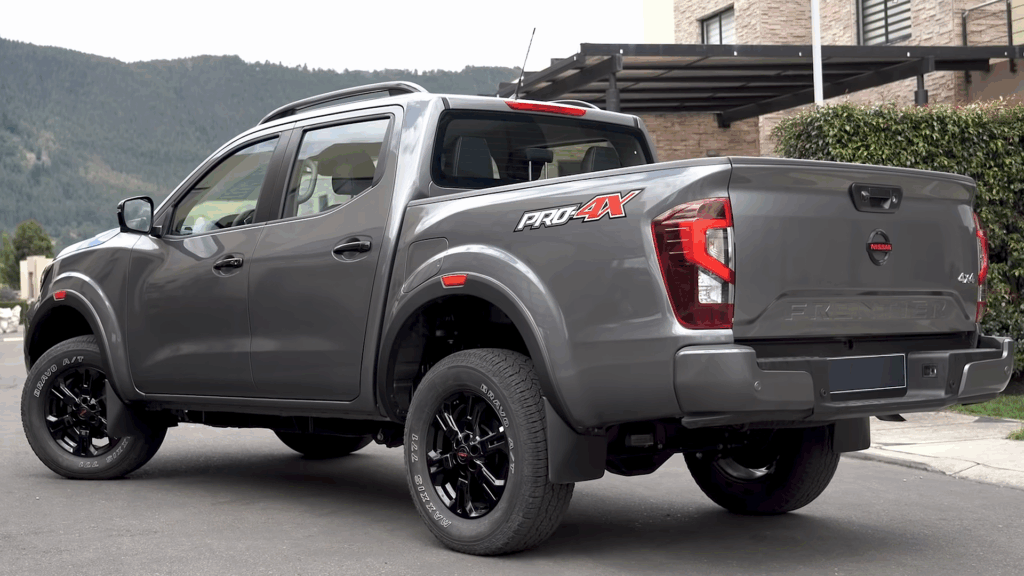
5. **Nissan Frontier (Reliability: 27)**The Nissan Frontier, a midsize pickup first launched in 1997, received a full redesign in 2022. This update aimed to modernize its appeal and competitiveness. However, despite these efforts, its overall reliability has not kept pace, continuing to raise concerns for potential buyers seeking a dependable truck for work or daily use.
Consumer Reports’ evaluation awarded the 2025 Nissan Frontier a concerning reliability score of just 27 out of 100, positioning it among the most problematic vehicles in its segment. This low score is a direct result of persistent mechanical and electronic issues. Specific problems cited include alarming “transmission failures” (some “requiring rebuilds”), “drive system faults,” brake problems, various “leaks,” and a host of “electronics issues” that impact essential vehicle functions.
The Nissan brand itself performs in the mid-pack within broader reliability studies, ranking 12th out of 22 in CR’s list. While owners “appreciate the Frontier’s strong V6 engine,” “comfortable ride,” and “rugged looks,” a significant number report difficulties such as “stiff steering,” “outdated interior features,” and, most critically, “serious transmission problems.” Nissan’s warranty coverage is also noted as “weaker than most rivals.” Therefore, while the Frontier appeals to buyers desiring an “old-school truck feel,” it may “disappoint those looking for modern features and long-term dependability.”
Continuing our deep dive into Consumer Reports’ findings, this section will scrutinize the remaining five trucks with the lowest reliability scores for 2025. We will explore their most severe reported problems, warranty considerations, and overall long-term ownership risks, providing crucial insights for prospective buyers. It’s a journey into the vehicles that, despite their market appeal, present significant reliability challenges according to rigorous expert analysis.
Car Model Information: 2016 Nissan Frontier SV
Categories: All set index articles, Articles with short description, Nissan vehicles, Set index articles on cars, Short description is different from Wikidata
Summary: The Nissan Frontier is a nameplate used on three different pickup truck models by Nissan:
Nissan Frontier (international), an alternative nameplate for the NP300/Navara on some markets.
Nissan Frontier (North America), a rebadged NP300/Navara from 1997 to 2021, then became a separate model since 2021.
Nissan Frontier Pro, a rebadged Dongfeng Z9 that will be available from 2025. Available as both a diesel and plug-in hybrid, with the latter being the initial variant.
Get more information about: Nissan Frontier
Buying a high-performing used car >>>
Brand: Nissan Model: Frontier
Price: $12,973 Mileage: 115,564 mi.
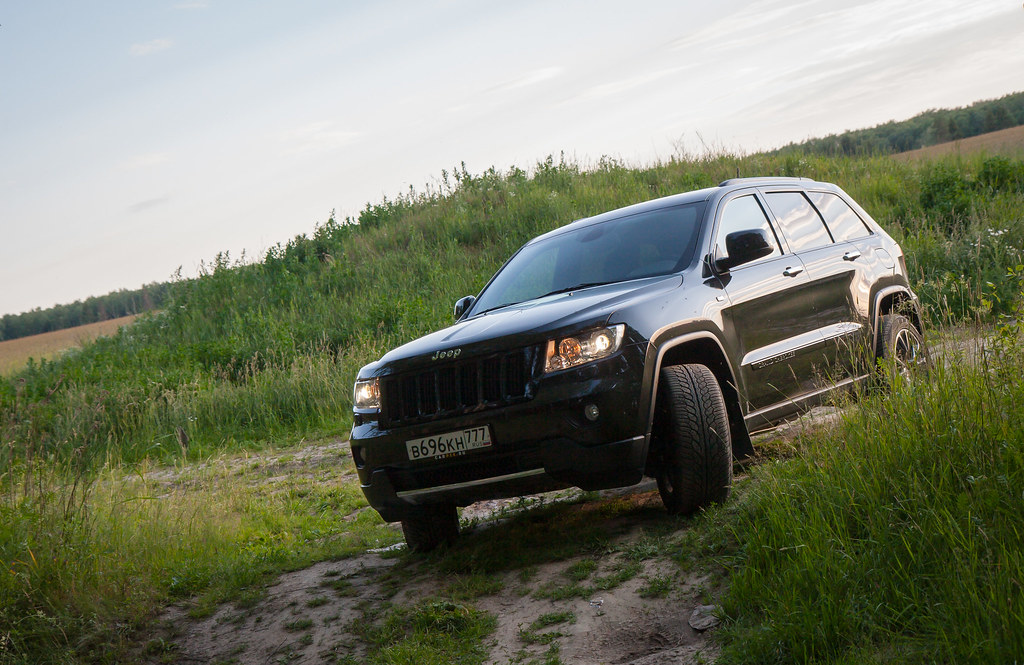
6. **2025 Jeep Grand Cherokee / Grand Cherokee L (Reliability: 22)**The Jeep Grand Cherokee has long been a pillar in the midsize SUV segment since its introduction in 1992, offering a blend of capability and comfort that has appealed to a broad audience. The addition of the three-row Grand Cherokee L in 2021 further broadened its appeal, aiming to capture families needing more space. However, despite their popularity and market presence, both models find themselves on this list with a concerning Consumer Reports reliability score of just 22 out of 100.
This low score is directly linked to a range of reported issues that can significantly impact the ownership experience. Consumer Reports has cited problems with critical systems such as the drive system, which can manifest as unexpected power delivery or control issues, as well as climate controls, which may fail to maintain comfortable cabin temperatures. Furthermore, braking inconsistencies, suspension faults leading to a less stable ride, and various engine electronics issues contribute to its poor reliability standing. It is noteworthy that the Grand Cherokee’s inclusion marks the second Jeep brand vehicle on this list, signaling broader reliability struggles within the brand.
Industry rankings for the Grand Cherokee models present a mixed picture, reflecting a disconnect between perceived market position and actual reliability. U.S. News & World Report, for instance, places the Grand Cherokee favorably, ranking it 5th among 24 midsize SUVs and even naming it a finalist for its Best 2-Row Midsize SUV for Families award. MotorTrend also positions it highly at 2nd of 10 midsize SUVs, though the Grand Cherokee L fares less impressively at 10th of 14 three-row SUVs. J.D. Power predicts an average reliability score of 80/100, while Edmunds ranks it mid-pack, 5th of 12 midsize SUVs. This disparity often indicates that while a vehicle might excel in certain performance or feature-based metrics, its long-term dependability may fall short.
Owner feedback further highlights this dichotomy. Many appreciate the Grand Cherokee’s stylish design, comfortable seating, and smooth handling characteristics. However, a significant number of owners voice complaints about persistent reliability problems, often coupled with dissatisfaction regarding customer service experiences. Issues with confusing controls are also frequently mentioned, alongside concerns about interior materials that may not live up to the vehicle’s price point, with reports of flimsy controls and uneven build quality. While the Grand Cherokee offers an abundance of trims and options to customize, its persistent reliability issues make it a considerably riskier choice when compared to its more dependable rivals, underscoring the importance of considering long-term ownership risks.
Car Model Information: 2022 Honda Civic Sport
Name: Jeep Grand Cherokee
Manufacturer: Jeep
Production: 1992–present
ModelYears: 1993–present
Class: unbulleted list
BodyStyle: sport utility vehicle
Layout: unbulleted list
Chassis: Vehicle_frame#Uniframe
Categories: 2000s cars, 2010s cars, 2020s cars, All-wheel-drive vehicles, All Wikipedia articles written in American English
Summary: The Jeep Grand Cherokee is a range of mid-sized sport utility vehicles produced by American manufacturer Jeep. At its introduction, while most SUVs were still manufactured with body-on-frame construction, the Grand Cherokee has used a unibody chassis from the start.
Get more information about: Jeep Grand Cherokee
Buying a high-performing used car >>>
Brand: Jeep Model: Grand Cherokee
Price: $26,626 Mileage: 14,020 mi.

7. **2025 Ford Escape Hybrid (Reliability: 21)**The Ford Escape Hybrid, first introduced in 2005 and now in its current generation since 2020, was conceived as a practical and efficient compact hybrid SUV. It aims to deliver on the promise of better fuel economy without sacrificing utility. However, for the 2025 model year, its reliability rating from Consumer Reports tells a starkly different story, with a score of just 21 out of 100. This places it among the least reliable vehicles in its class and notably makes it the second of three Ford vehicles to appear on this comprehensive list of problematic models.
The primary drivers behind this alarmingly low score are major problems impacting several critical systems. Foremost among these are issues related to the hybrid battery, with some owners reportedly facing the significant expense and inconvenience of needing a full replacement. Beyond the battery, Consumer Reports cites persistent problems with the vehicle’s electronics, which can affect everything from infotainment to safety features, as well as brake system anomalies and various leaks. These core issues directly undermine the vehicle’s intended purpose of efficient and trouble-free transportation.
Adding to the reliability concerns, industry rankings for the Escape Hybrid reflect its struggles. U.S. News & World Report places it 10th out of 14 hybrid SUVs, indicating its mid-to-lower standing in a competitive segment. Even more critically, Edmunds ranks it last in its class, 5th of 5 best plug-in hybrid SUVs. While J.D. Power oddly predicts an above-average reliability score of 85/100, this assessment is severely contradicted by owner feedback and, more concretely, by a staggering five recalls issued for the SUV. These recalls include a serious oil leak issue that can lead to a loss of drive power, an overheated engine block heater that increases fire risk, and three separate recalls addressing instrument panel display and rearview camera malfunctions, highlighting significant safety and operational flaws.
Owner experiences paint a picture of a vehicle with appealing attributes overshadowed by profound reliability concerns. Drivers frequently praise the Escape Hybrid’s roomy interior, comfortable seats, heated features, and commendable fuel efficiency. Yet, these positives are often outweighed by complaints regarding transmission issues, noisy alerts, and quality problems with components such as roof panels and interior trim pieces. Some owners have also expressed frustration with automatic driver-assist features that are either annoying or glitchy. Ford’s warranty coverage is average for the class, providing 3 years/36,000 miles bumper-to-bumper and 5 years/60,000 miles powertrain with roadside assistance. Despite its promising concept, the Ford Escape Hybrid presents substantial long-term ownership risks due to its significant reliability challenges and numerous recalls.
Car Model Information: 2022 Honda Civic Sport
Name: Ford Escape
Caption: 2021 Escape Hybrid (US)
Manufacturer: Ford Motor Company
Aka: Unbulleted list
Production: 2000–present
ModelYears: 2001–present
Class: Compact crossover SUV
BodyStyle: SUV
Layout: Unbulleted list
Predecessor: Nissan Terrano II
Successor: Ford Territory (China)
Categories: 2010s cars, 2020s cars, All-wheel-drive vehicles, All Wikipedia articles written in American English, All articles with dead external links
Summary: The Ford Escape is a compact crossover SUV manufactured and marketed by the Ford Motor Company since the 2001 model year. The first Ford SUV derived from a car platform, the Escape fell below the Ford Explorer in size; the Escape was sized between the Ford EcoSport and Ford Edge. The 2005 model year Ford Escape Hybrid was the first hybrid-electric vehicle from Ford, and the first hybrid produced as an SUV.
The first two generations of the Escape used the Ford CD2 platform (jointly developed with Mazda), leading to the release of the rebadged variants, the Mazda Tribute and Mercury Mariner; as with the Escape, both the Tribute and Mariner were marketed in North America (the Mariner was never marketed in Canada). In Europe, the Escape was initially branded as the Ford Maverick from 2001 to 2008 (replacing a Nissan-produced SUV).
Under the mid-2000s “One Ford” globalization strategy, the third and fourth-generation designs of the Escape have been unified with the Ford Kuga, designed by Ford of Europe. Sharing a common body and chassis underpinnings (and several engines), the Escape and Kuga are manufactured in their home markets. As with previous generations, the fourth-generation Escape is offered with gasoline, hybrid, and plug-in hybrid options. Outside of North America, the Ford Escape is marketed in Australia, China, and Taiwan.
In August 2025, it was announced that Ford will be discontinuing the Escape after the 2026 model year.
Get more information about: Ford Escape
Buying a high-performing used car >>>
Brand: Ford Model: Escape Hybrid
Price: $26,626 Mileage: 14,020 mi.
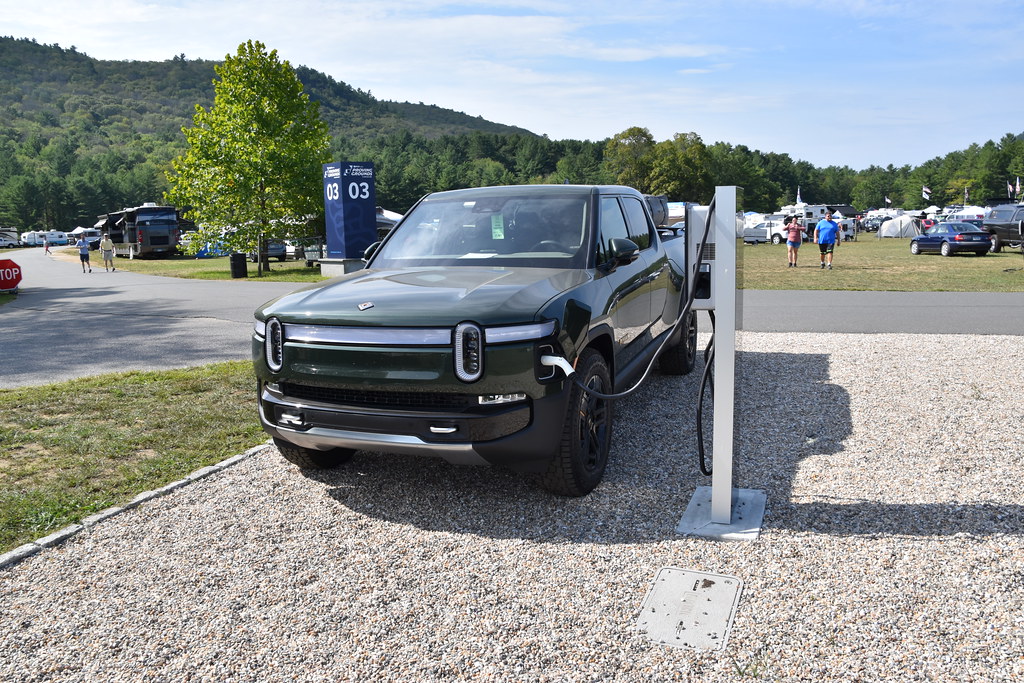
8. **2025 Rivian R1T (Reliability: 20)**The Rivian R1T burst onto the automotive scene as one of the most talked-about electric pickups, immediately garnering attention for its blend of futuristic design, robust performance, and genuine off-road capability. Launched in 2021 as Rivian’s inaugural production vehicle, it quickly earned accolades, including MotorTrend’s 2022 Truck of the Year, for its innovative approach to electric adventure. However, beneath its impressive facade and critical acclaim, reliability has emerged as a significant Achilles’ heel, with Consumer Reports assigning it a low score of just 20 out of 100.
This particularly low score is attributed to a litany of reported problems that can deeply impact owner satisfaction and the vehicle’s long-term dependability. CR has cited issues across various crucial systems, including challenges with charging infrastructure, concerns regarding the EV battery’s performance, climate system malfunctions, inconsistent brakes, body hardware deficiencies, and pervasive electronics problems. Beyond these systemic issues, early owners have also frequently reported more tangible quality control concerns, such as noticeable panel gaps, persistent rattles, and an overall uneven build quality, which are unexpected in a premium-priced vehicle.
Rivian’s brand-level reliability echoes the R1T’s individual struggles, placing it at the very bottom of Consumer Reports’ brand rankings, 22nd out of 22, with a dismal score of only 14 out of 100. J.D. Power’s predictions for reliability are also below average, standing at 69 out of 100. This starkly contrasts with the high praise it receives from publications like MotorTrend and Car and Driver, which frequently rank the R1T at the top of their electric truck lists for its groundbreaking performance and innovation. This highlights a common dilemma with new technologies: brilliant design and performance can sometimes outpace the execution of long-term reliability.
Owner reviews reflect this significant split, often describing the R1T as a “cool truck let down by poor build quality.” While drivers enthusiastically praise its cutting-edge design, exceptional ride comfort, exhilarating acceleration, and sophisticated technology features, these positives are frequently juxtaposed with deep frustrations. Specific complaints include rattling doors, squeaky handles, misaligned body panels, a perceived weak sound system, noisy HVAC operations, and notably, extended service wait times for repairs. Rivian does offer robust warranty coverage—a 5-year/60,000-mile comprehensive warranty, an 8-year/175,000-mile battery and powertrain warranty, and five years of roadside assistance—which provides some peace of mind. However, the consistent reports of build quality and system reliability issues suggest that prospective buyers should temper their enthusiasm with a healthy dose of caution regarding potential long-term headaches.
Car Model Information: 2022 Rivian R1T Launch Edition
Name: Rivian R1T
Manufacturer: Rivian
Production: 2021–present
ModelYears: 2022–present
Assembly: Rivian Automotive,LLC
Designer: Jeff Hammoud
Class: Mid-size car,luxury car,pickup truck
BodyStyle: crew cab
Layout: unbulleted list
Related: Rivian R1S
Motor: Alternating current,Permanent magnet motor
Transmission: Single-speed
Battery: kWh,lithium-ion battery
ElectricRange: unbulleted list
Abbr: on
Charging: unbulleted list
Wheelbase: 135.9 in
Length: 217.1 in
Width: 81.8 in
Height: 75.7 in
Weight: cvt
Sp: us
Powerout: unbulleted list
Chassis: Body-on-frame
Categories: All Wikipedia articles in need of updating, All Wikipedia articles written in American English, All articles with vague or ambiguous time, Articles with short description, Commons category link is on Wikidata
Summary: The Rivian R1T is a battery electric mid-size light duty luxury pickup truck produced by the American company Rivian. The first production R1T was manufactured in Illinois on September 28, 2021, and was delivered to a customer. The official EPA range for the Rivian R1T (MY 2022–2024) ranges from 255–420 miles (410–676 km), depending on drivetrain, battery pack capacity and wheel size.
Get more information about: Rivian R1T
Buying a high-performing used car >>>
Brand: Rivian Model: R1T
Price: $45,900 Mileage: 115,591 mi.
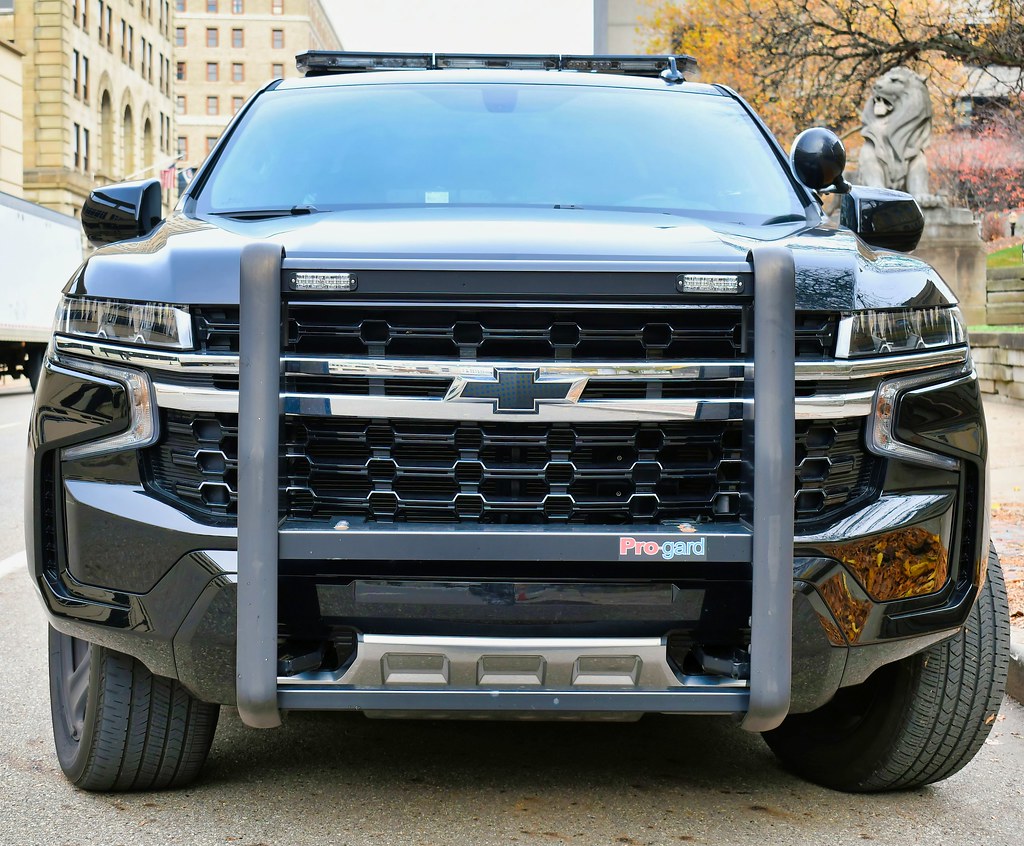
9. **2025 Chevrolet Colorado / GMC Canyon (Reliability: 15)**The Chevrolet Colorado and GMC Canyon, often referred to as twins in the midsize pickup segment, share the same underlying platform, engines, and most core components. This commonality extends unfortunately to their reliability woes, as both trucks earned an exceptionally low score of just 15 out of 100 in Consumer Reports’ latest survey. This dismal rating positions them jointly as the second-worst overall on our list, signaling significant challenges for prospective owners seeking a dependable workhorse or daily driver.
The array of reported trouble spots for these sister trucks covers fundamental vehicle systems, indicating deep-seated reliability concerns. Consumer Reports specifically highlighted issues with the engine, suggesting potential for mechanical failures or performance inconsistencies. Transmission problems are also a frequent complaint, a critical issue for any truck, hinting at rough shifts or even premature failure. Beyond the powertrain, electronics glitches, problems with body hardware, and various leaks further contribute to their poor standing. On a brand level, both Chevrolet and GMC also find themselves in the lower half of broader reliability studies, with CR placing them 16th out of 22 brands, reinforcing a pattern of inconsistent dependability.
Industry reviews, much like owner feedback, paint a mixed picture that can be misleading without a deeper look into reliability metrics. U.S. News & World Report, for instance, ranks the Colorado favorably at 4th of 8 midsize pickups, with the Canyon not far behind at 3rd of 8, suggesting good initial impressions. MotorTrend also places the Colorado 2nd and the GMC Canyon 3rd in the best midsize pickup truck class, often praising their capabilities and design. However, on Edmunds, the 2026 Colorado averages a modest 3.6 out of 5 stars, while the Canyon fares slightly better at 4.2 out of 5 stars. This disparity between initial reviews and long-term ownership experiences, especially concerning reliability, is a critical point for buyers to consider.
For the Chevrolet Colorado, many drivers appreciate its powerful 2.7-liter turbo engine, the availability of capable off-road trims like the ZR2, and its overall ride quality. However, these positives are frequently overshadowed by reports of serious reliability problems. A significant number of owners have experienced alarming transmission failures, sometimes occurring within the first few hundred miles of ownership, leading to immediate frustration and downtime. Electrical glitches are also common, along with complaints about poor build quality and cheap interior materials, all compounded by often lengthy repair times.
The GMC Canyon, despite sharing its underpinnings, often benefits from a perception of being more upscale, which is reflected in some owner feedback. Many praise its refined interior, quieter cabin, and strong engine performance. Yet, even with these perceived advantages, reports of tech issues, persistent rattles, and limited rear-seat space still surface. Ultimately, despite their distinct marketing and slight interior differences, both the Colorado and Canyon share fundamental reliability challenges that prospective buyers must thoroughly investigate, acknowledging that while they may offer appealing features or performance, long-term dependability is a significant gamble.
Car Model Information: 2022 Chevrolet Colorado ZR2
Name: Chevrolet Colorado
Caption: 2024 Chevrolet Colorado Z71
Manufacturer: General Motors
Production: 2003–2012, 2014–present (US),2004–2020
(Thailand),2011–present (Brazil)
Class: Pickup truck,Pickup truck
Layout: Front-engine, rear-wheel-drive layout
Predecessor: Chevrolet S-10,Chevrolet D-Max,Holden Rodeo,Holden Ute
Aka: GMC Canyon,Holden Colorado
Categories: 2010s cars, 2020s cars, All-wheel-drive vehicles, All articles with dead external links, Articles with dead external links from November 2016
Summary: The Chevrolet Colorado (sharing mechanical commonality with the GMC Canyon) is a series of compact pickup trucks (mid-size since second generation) marketed by American automaker General Motors. They were introduced in 2004 to replace the Chevrolet S-10 and GMC S-15/Sonoma compact pickups. The Colorado is named after the U.S. state of Colorado, while the Canyon took its name from the deep chasm between cliffs.
Get more information about: Chevrolet Colorado
Buying a high-performing used car >>>
Brand: Chevrolet Model: Colorado
Price: $33,991 Mileage: 40,794 mi.

10. **2025 Ford F-150 Hybrid (Reliability: 7)**At the very bottom of Consumer Reports’ list of most problematic trucks, earning a shockingly low reliability score of just 7 out of 100, is the 2025 Ford F-150 Hybrid. While the F-150 nameplate consistently holds the title of America’s best-selling vehicle, the hybrid “PowerBoost” version, introduced in 2021, has unfortunately become a significant outlier in terms of dependability. Ford designed this hybrid variant with an ambitious goal: to deliver a potent combination of more power and superior fuel economy compared to its gas-only counterparts. Yet, its execution has been plagued with issues, placing it at the absolute lowest rung of reliability rankings.
Consumer Reports has explicitly cited a range of major problems contributing to this abysmal score. These include persistent and severe issues with the hybrid battery, which is central to the vehicle’s unique powertrain, along with significant transmission difficulties that can manifest as erratic shifting or even outright failure. The drive system, climate controls, various electronics, and accessories have also been identified as recurrent trouble spots. CR has gone so far as to call out the F-150 Hybrid as the least reliable vehicle for three consecutive years—2022, 2023, and now 2024. Despite performing commendably in CR’s road tests regarding driving dynamics, its predicted reliability and owner satisfaction remain critically low, creating a stark dichotomy between initial performance and long-term ownership experience.
Further independent assessments corroborate these reliability concerns. Edmunds conducted a long-term test of the 2021 Ford F-150 PowerBoost Hybrid, and while the truck proved capable in many respects, it consistently revealed several maintenance and reliability issues. Technology problems were particularly frequent and frustrating, with the large center screen often freezing, spontaneously resetting, or going completely black, rendering navigation, cameras, and CarPlay unusable until Ford eventually replaced the module under warranty. Beyond these major tech glitches, smaller but still annoying issues surfaced, such as clogged windshield washer nozzles and a clunky, inconsistent braking feel attributed to the hybrid system’s regenerative capabilities.
While the Ford F-150 Hybrid may offer strong performance and the inherent comfort that defines the F-150 lineup, its promise of hybrid efficiency and modern reliability has been severely undermined. Its disappointing real-world fuel economy, coupled with a series of recalls and recurring technology glitches, presents a significant risk to buyers. Ford’s standard warranty coverage—3 years/36,000 miles bumper-to-bumper and 5 years/60,000 miles powertrain—offers some protection, but the pervasive nature of its reliability issues suggests that even with coverage, owners may face considerable inconvenience and frustration. For a vehicle that carries such a venerable name, the F-150 Hybrid’s reliability record is a sobering reminder that not all innovation translates directly into dependability.
Car Model Information: 2022 Honda Civic Sport
Name: Ford F-Series
Caption: 2022 Ford F-150 Lariat Luxury
Manufacturer: Ford Motor Company
Aka: Ford Lobo (Mexico, 1992–present)
Production: 1948–present
Class: Pickup truck#Full-size pickup truck
Layout: Front-engine, rear-wheel-drive layout,rear-wheel drive
Predecessor: 1941 Ford
Categories: All-wheel-drive vehicles, All Wikipedia articles written in American English, All articles that may contain original research, All articles with unsourced statements, Articles that may contain original research from September 2020
Summary: The Ford F-Series is a series of light-duty trucks marketed and manufactured by the Ford Motor Company since model year 1948 as a range of full-sized pickup trucks — positioned between Ford’s Ranger and Super Duty pickup trucks. Alongside the F-150 (introduced in 1975), the F-Series also includes the Super Duty series (introduced in 1999), which includes the heavier-duty F-250 through F-450 pickups, F-450/F-550 chassis cabs, and F-600/F-650/F-750 Class 6–8 commercial trucks.
The most popular version of the model line is the F-150 pickup truck, currently in its fourteenth generation (introduced for the 2021 model year). From 1953 to 1983, the entry-level F-Series pickup was the 1⁄2 ton F-100. Starting in 1984, the F-150 became the entry-level. The F-150 has a long-running high-performance off-road trim level introduced for 2010, the (SVT) Raptor currently consisting of three generations. Production of the F-150 SVT Raptor ended in 2014 and was succeeded in 2017 by a new F-150 Raptor, which is based on the thirteenth and fourteenth generation F-150.
The F-Series trucks have been developed into a wide range of design configurations. Alongside medium-duty trucks and “Big Job” conventional trucks (the forerunners of the Ford L-series), the model line has been marketed as a chassis-cab truck and a panel van (a predecessor of the Ford E-Series). The F-Series has served as the platform for various full-sized Ford SUVs, including the Ford Bronco, Ford Expedition/Lincoln Navigator, and Ford Excursion. The F-Series has been marketed by its three North American brands: by Mercury as the M-Series (in Canada from 1948 to 1968), and by Lincoln in the 2000s, as the Blackwood and the later Mark LT (2010s for the latter in Mexico only).
Since 1977, the F-Series has remained the best-selling pickup truck line in the United States; it has been the best-selling vehicle overall since 1981. The F-Series has been the best-selling truck in Canada for over 50 years. As of the 2018 model year, the F-Series generated $41 billion (~$50.3 billion in 2024) in annual revenue for Ford. By January 2022, the F-Series models have sold over 40 million units. Currently, Ford manufactures the F-Series in four facilities in the United States.
Get more information about: Ford F-Series
Buying a high-performing used car >>>
Brand: Ford Model: F-150 Hybrid
Price: $26,626 Mileage: 14,020 mi.
When people embark on the journey of purchasing a new car, their attention often gravitates toward eye-catching style, impressive speed, or a plethora of exciting features. However, for the majority of vehicle owners, a far more fundamental question looms large: Will this car truly be reliable? The insights from Consumer Reports’ rigorous analysis underscore that reliability is not just a desirable trait but a critical foundation for a positive ownership experience. As repair costs and new truck prices continue to climb, choosing a dependable vehicle is more important than ever to avoid turning an exciting purchase into a source of unending frustration and unexpected expenses. Whether it’s a revolutionary EV or a revamped traditional pickup, discerning buyers must look beyond initial appeal and scrutinize long-term reliability data to make informed decisions. For those seeking even deeper insights into depreciation, fuel economy, and total cost of ownership, resources like CarEdge Research and their expert Concierges can provide invaluable guidance, helping you find a truck that works as hard as you do, at the best price.

